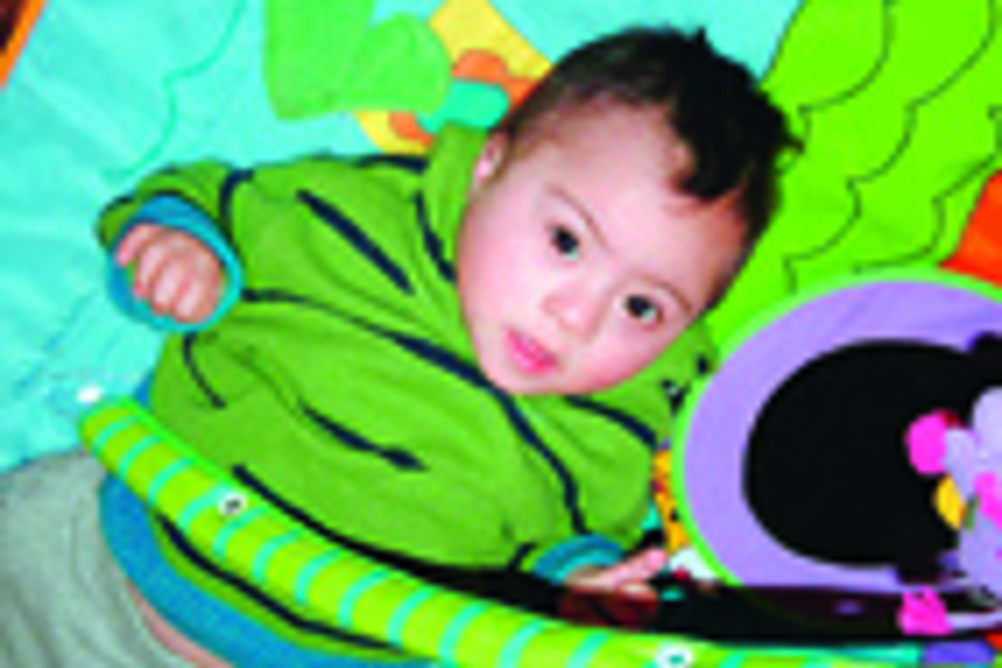
Down's syndrome is a genetic condition that affects around one baby in every thousand. It occurs when the baby's cells contain an extra chromosome 21, but so far it is not known what causes this. What is known is that the condition affects children of all races and backgrounds and results in some level of learning disability, as well as a characteristic range of physical features which can include:
- 'floppiness' due to reduced muscle tone (hypotonia), which improves as they get older
- facial features like a flat facial profile and nasal bridge, a small nose, eyes that slant upwards and outwards, and a small mouth cavity which makes the tongue appear large
Register now to continue reading
Thank you for visiting Nursery World and making use of our archive of more than 35,000 expert features, subject guides, case studies and policy updates. Why not register today and enjoy the following great benefits:
What's included
-
Free access to 4 subscriber-only articles per month
-
Unlimited access to news and opinion
-
Email newsletter providing activity ideas, best practice and breaking news
Already have an account? Sign in here
